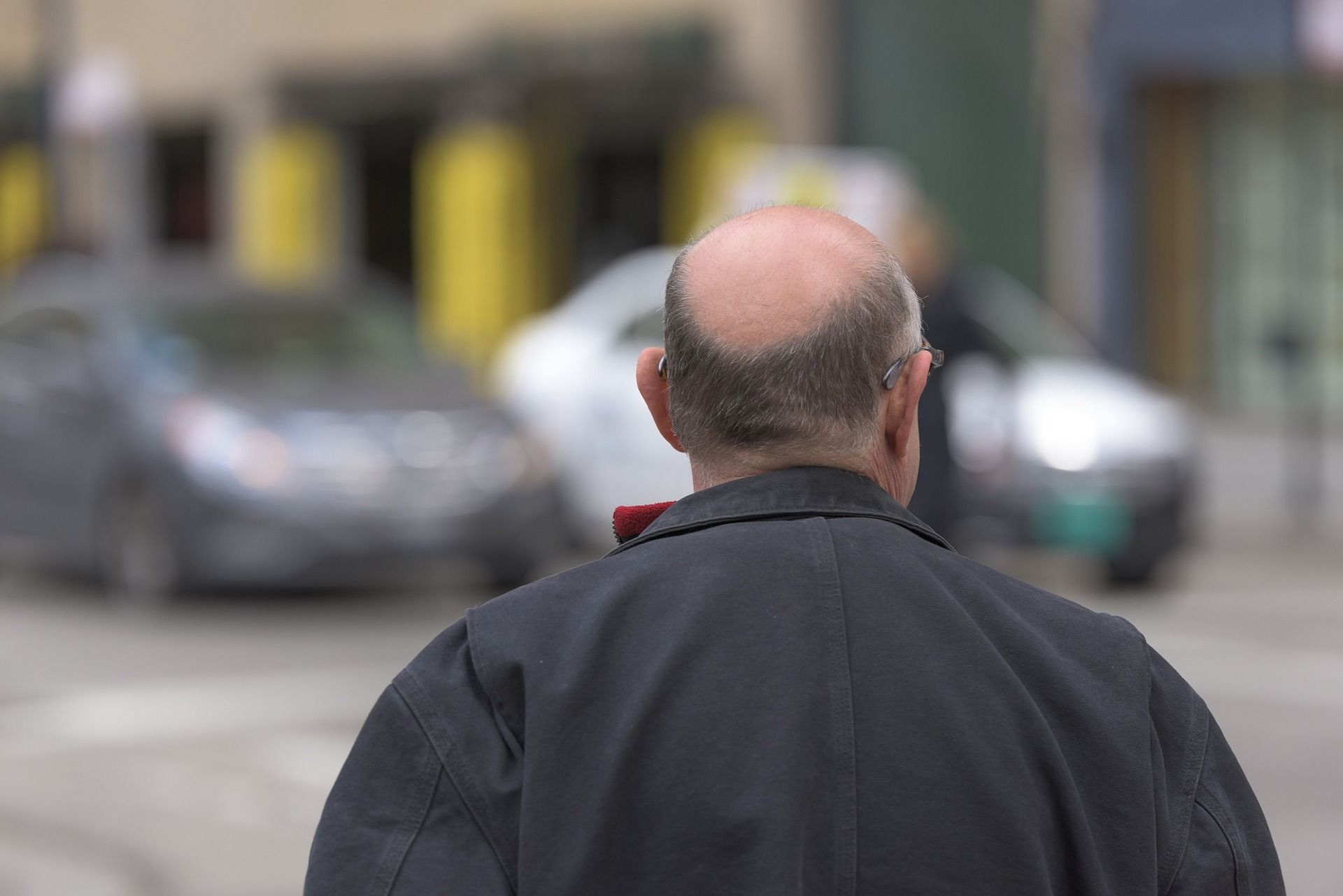Scientists have made a breakthrough discovery in stimulating hair growth. A new study has found that the secret to hair growth lies in hairy skin moles, a finding that could have implications for treating baldness.
androgenetic alopecia, also known as male pattern baldness, is a genetic disorder that involves the progressive thinning of hair follicles, resulting in thinner, shorter strands over time. Hair loss begins in men with a receding hairline, forming the typical “M” shape, and progresses to partial or complete baldness. In women, this condition does not lead to a receding hairline, but it can lead to overall thinning.
in the latest studyResearchers at UC Irvine have discovered the mechanism by which hair grows inside skin moles called moles. The team found that the molecules osteopontin and CD44 can stimulate hair growth in hairy skin nevus.
The researchers say the mechanism by which aging or senescent cells in skin moles grow hair prominently provides a roadmap for the development of new molecular therapies for androgenetic alopecia.
“We found that senescent pigment cells produce large amounts of a specific signaling molecule called osteopontin, which causes normally dormant and smaller hair follicles to activate their stem cells, promoting robust growth of long, thick hair.” explain Maksim Plikus, lead corresponding author of the study. “Senescent cells are generally considered detrimental to regeneration and are thought to drive the aging process as they accumulate in tissues throughout the body, but our study clearly shows that there is a positive side to cellular senescence.”
The researchers evaluated a mouse model with pigmented skin spots that resemble human hairy skin nevi. They found that a molecular interaction between osteopontin and CD44 activates hair stem cells, leading to robust hair growth.
The team further confirmed the role of osteopontin and CD44 by evaluating mouse models lacking one of these genes and found that their hair growth rate was significantly reduced.
osteopontin Known for its functions in wound healing, tissue remodeling and inhibition of bone mineralization. However, it is not known to stimulate hair growth.
The researchers plan to test the results in clinical trials. In the future, osteopontin and other hair growth proteins could potentially be used in Botox-like hair growth treatments.
“Our findings provide qualitative new insights into the relationship between senescent cells and the tissue’s own stem cells, and reveal the positive effects of senescent cells on hair follicle stem cells. As we learn more, this information has the potential to be used to develop New therapies that target the properties of senescent cells. Senescent cells and treat a variety of regenerative diseases, including common hair loss,” said first author and co-corresponding author Xiaojie Wang.
Published by Medicaldaily.com


